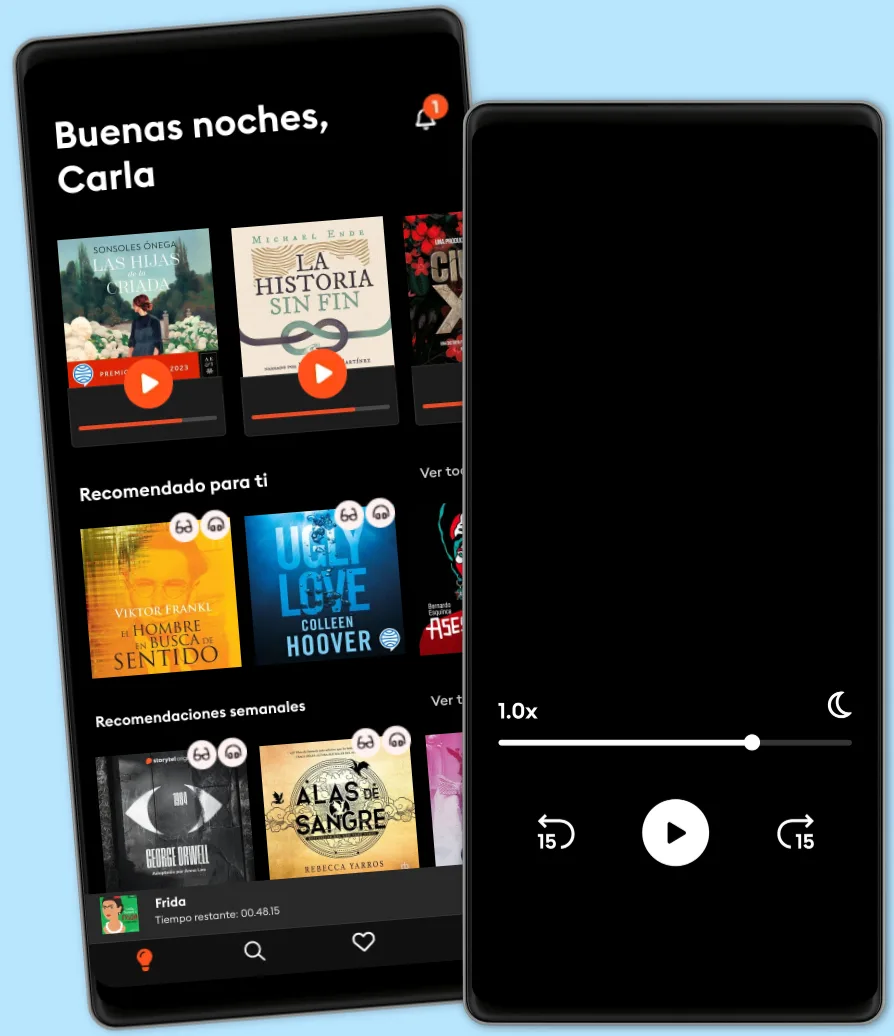Escucha y lee
Descubre un mundo infinito de historias
- Lee y escucha todo lo que quieras
- Más de 1 millón de títulos
- Títulos exclusivos + Storytel Originals
- Precio regular: CLP 7,990 al mes
- Cancela cuando quieras

The Illustrated Slave: Empathy, Graphic Narrative, and the Visual Culture of the Transatlantic Abolition Movement, 1800–1852
- Por
- Editorial
From the 1787 Wedgwood antislavery medallion featuring the image of an enchained and pleading black body to Quentin Tarantino’s Django Unchained (2012) and Steve McQueen’s Twelve Years a Slave (2013), slavery as a system of torture and bondage has fascinated the optical imagination of the transatlantic world. Scholars have examined various aspects of the visual culture that was slavery, including its painting, sculpture, pamphlet campaigns, and artwork. Yet an important piece of this visual culture has gone unexamined: the popular and frequently reprinted antislavery illustrated books published prior to Harriet Beecher Stowe’s Uncle Tom’s Cabin (1852) that were utilized extensively by the antislavery movement in the first half of the nineteenth century.
The Illustrated Slave analyzes some of the more innovative works in the archive of antislavery illustrated books published from 1800 to 1852 alongside other visual materials that depict enslavement. Martha J. Cutter argues that some illustrated narratives attempt to shift a viewing reader away from pity and spectatorship into a mode of empathy and interrelationship with the enslaved. She also contends that some illustrated books characterize the enslaved as obtaining a degree of control over narrative and lived experiences, even if these figurations entail a sense that the story of slavery is beyond representation itself. Through exploration of famous works such as Uncle Tom’s Cabin, as well as unfamiliar ones by Amelia Opie, Henry Bibb, and Henry Box Brown, she delineates a mode of radical empathy that attempts to destroy divisions between the enslaved individual and the free white subject and between the viewer and the viewed.
© 2017 University of Georgia Press (Libro electrónico): 9780820351155
Fecha de lanzamiento
Libro electrónico: 15 de agosto de 2017
Etiquetas
Otros también disfrutaron...
- Harry Potter y la piedra filosofal J.K. Rowling
4.8
- Por si un día volvemos María Dueñas
4.6
- Harry Potter y la cámara secreta J.K. Rowling
4.8
- Harry Potter y el prisionero de Azkaban J.K. Rowling
4.9
- Los secretos de la mente millonaria T. Harv Eker
4.3
- Perras de reserva Dahlia de la Cerda
4.5
- Emma bajo el cielo de Omán Jean Reno
3.5
- Harry Potter y la Orden del Fénix J.K. Rowling
4.8
- El Cuervo: Sonido 3D Edgar Alan Poe
4.3
- Harry Potter y el cáliz de fuego J.K. Rowling
4.9
- Tiende tu cama y otros pequeños hábitos que cambiarán tu vida y el mundo William H. McRaven
4.3
- Harry Potter y el misterio del príncipe J.K. Rowling
4.9
- Harry Potter y las Reliquias de la Muerte J.K. Rowling
4.9
- Fabricación Ricardo Raphael
4.6
- Como ser un imán para las personas Marc Reklau
4.4
Explora nuevos mundos
Más de 1 millón de títulos
Modo sin conexión
Kids Mode
Cancela en cualquier momento
Unlimited
Escucha y lee sin límites.
CLP 7990 /mes
Escucha y lee los títulos que quieras
Modo sin conexión + Kids Mode
Cancela en cualquier momento
Español
Chile